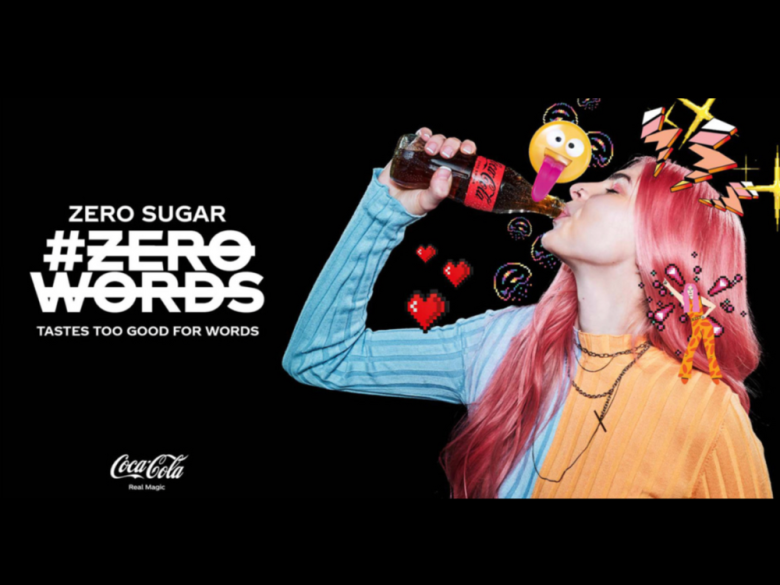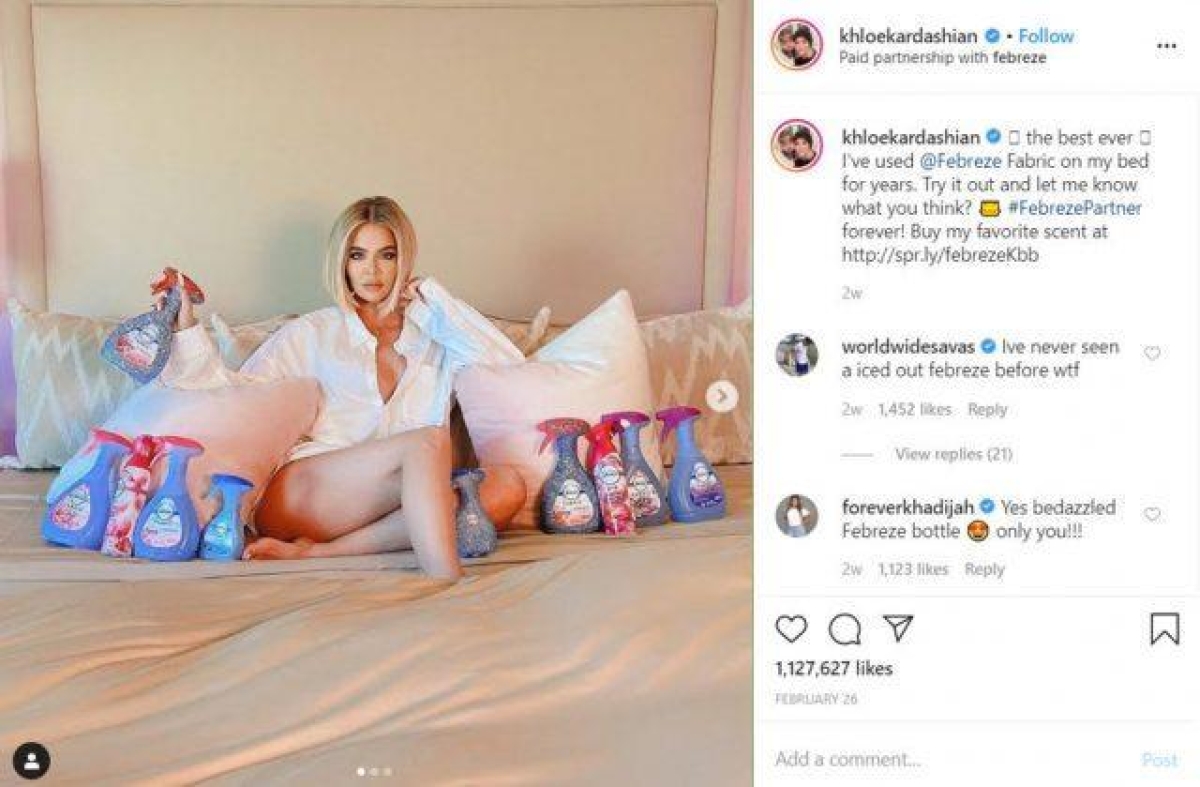Why money can’t always buy you (consumer) love: how do big brands miss the mark?

There’s no doubt that big brands have the power to influence buying decisions through their advertising.
Often this is due to the large budgets they have to spend on buying space and getting the best creatives on board.
However, sometimes despite all of this, they just can’t seem to get it right.
Coca-Cola has, hands down, had some spine-tingling campaigns over the years with ads that remain memorable decades after airing. Who wouldn’t want to teach the world to sing or celebrate the start of the Christmas season by singing about holidays coming?
Its recent campaign though for Coke Zero seems to have swerved off the road of memorability or even understandability.
The outdoor ad starts with ‘Coke Zero – Zero words’ but then, curiously, goes on to use quite a few words. In addition, the creative execution is cheapened with some random what look like clip art symbols. Why Coca-Cola, why?

What does it all mean?
Of course, off I googled to find some insight.
So, apparently, it’s a campaign targeting Gen Z to encourage them to use said clip art (aka digital stickers) to express how they feel about Coke Zero Sugar without resorting to words. Hmmm ok. Do you think Gen Z get that from seeing the outdoor ad?
Maybe they’ve seen it on Coca-Cola’s Insta or FB? Nope. No sign of the campaign on there.
Is it the range of Coke products that means its message is more diluted these days or is it that this is a ‘global’ campaign so has been spread too thinly/lost in translation in its attempt to appeal to so many?
I’m sure the creative team will tell me I’ve missed the point and provide me with an explanation of what it’s all about, but when an ad needs an explanation then it’s very widely missed the mark for me.
Of course, Coca-Cola isn’t they only global brand to get it wrong when it comes to marketing.
Another recent example was a large company’s attempt at using an influencer to promote its product on social media.
The product in question was Febreze and the influencer it chose to endorse its fragrant fabric spray was Khloe Kardashian, she of the US family fame. Both worth a hell of a lot of money.
So what went wrong here? Well, let’s start with the obvious.
Do you think Khloe Kardashian uses the range of Febreze sprays in her home? No. So a total lack of credibility in the company’s choice of influencer.
I would like to think that the company owned by Procter&Gamble would go for a Stacey Solomon-type pairing if they were running the campaign solely in the UK, rather than try and approach (indeed its Twitter bio is very down-to-earth, it reads ‘keeping it fresh and stink-free since 2001’) someone who clearly doesn’t do her own cleaning.
It also just feels lazy.
Thinking about all the money the company must have paid the Kardashian to endorse the product, why didn’t it make more of it and get more creative with it?
It just goes to show that big bucks doesn’t always mean big impact.
Of course, it’s not the only time we have seen surprise celebrity endorsement. Katy Perry and Snoop Dogg with Just Eat is another strange brand mix especially as Just Eat usually carries the ‘lower end’ of the takeaway options. However, that’s the subject of another article, which I’ve already written about.

If you enjoyed this article, you can subscribe for free to our weekly email alert and receive a regular curation of the best creative campaigns by creatives themselves.
Published on:


